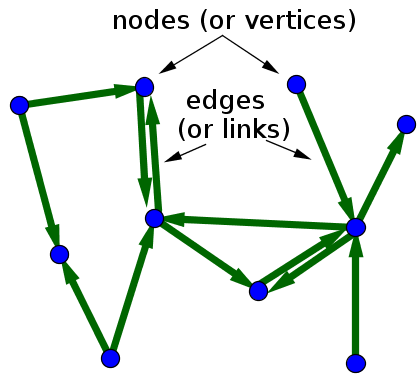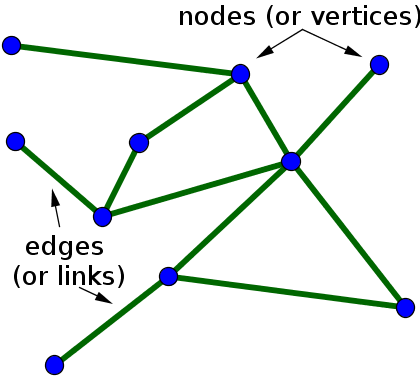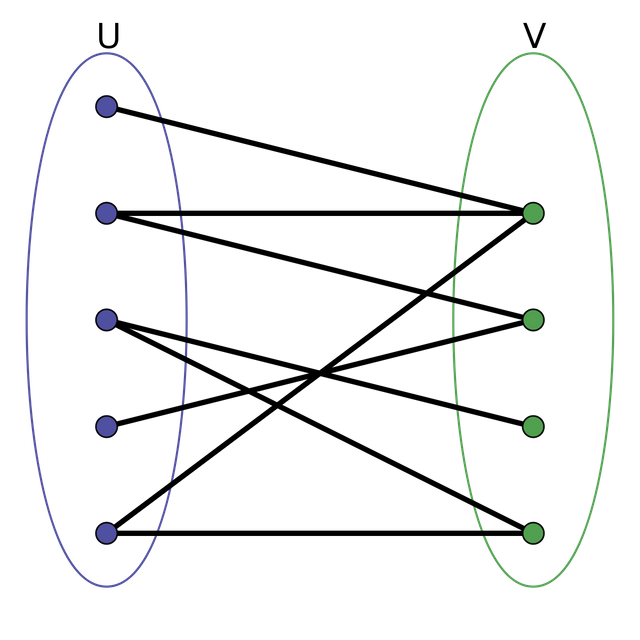Ecological Network Types.
In ecological networks we're going to talk about :
- what is a network?
- what a network is typically composed of?
- what are the different types of networks?
So, first let's talk about network and its components:
Typically a network is essentially a graphical representation of a system we're interested in understanding typically these graphs consist of nodes and links or edges between these nodes. A node in an ecological network, for example, might represent a species individual or resource even though most of the examples that you'll see right now consists primarily of species whereas a link or an edge indicates an interaction between two nodes within a network. So, now that we know what the different components of the network are.
let's talk about different types of network
Unipartite Networks :
So one of the different types of networks you're likely to encounter is a Unipartite network. So first I'm going to cover up the undirected network and we're going to talk about a directed network because this is something that we typically encounter.
Directed network :

Image source
A directed network is an example of a food web. And what I mean by a directed network is that you notice that the links between nodes within this network have direction and typically for a food web we might denote this direction as a feeding interaction in terms of the flow of energy between nodes. So, for example you could think of the path in above image is a food chain where we have a basal plant node for example going to a herbivore energy from a herbivore going to a predator and then to a top predator. So, that's a basic example of a directed Network. Remember the direction of the links are important.
Undirected Network :

image source
There's no direction between the particular links and typically these undirected networks are typical of social networks. So, now you know what Unipartite Networks are. The other type of network that is common in ecological research is a bipartite network .
Bipartite Networks :
What bipartite networks represent is typically they have two different groups often you'll see a basal groups such as a plant, a group of different plant species and then herbivores or pollinators but again this could also represent you could have herbivores and parastoids or particular predators. Any sort of interaction where you can distinctly make two different groups and the important distinction for a bipartite network that links occur between groups not within them. Whereas, if we look back at the unipartite directed network you can see that there's no necessarily group structuring there. You can just see all these possible species could potentially be linked to each other. The bipartite Network has more structured no links between the species within a group. Only links between groups.
References :


You received a 80.0% upvote since you are a member of geopolis and wrote in the category of "ecology".
To read more about us and what we do, click here.
https://steemit.com/geopolis/@geopolis/geopolis-the-community-for-global-sciences-update-4
If you do not want us to upvote and comment on your posts concerning earth and earth sciences, please reply stop to this comment and we will no longer bother you with our love ❤️
Congratulations! This post has been upvoted from the communal account, @minnowsupport, by pratique007 from the Minnow Support Project. It's a witness project run by aggroed, ausbitbank, teamsteem, theprophet0, someguy123, neoxian, followbtcnews, and netuoso. The goal is to help Steemit grow by supporting Minnows. Please find us at the Peace, Abundance, and Liberty Network (PALnet) Discord Channel. It's a completely public and open space to all members of the Steemit community who voluntarily choose to be there.
If you would like to delegate to the Minnow Support Project you can do so by clicking on the following links: 50SP, 100SP, 250SP, 500SP, 1000SP, 5000SP.
Be sure to leave at least 50SP undelegated on your account.